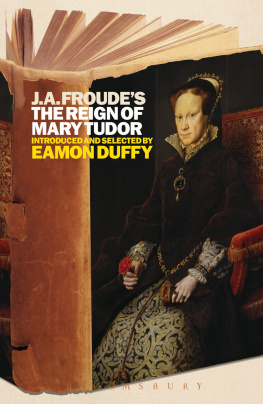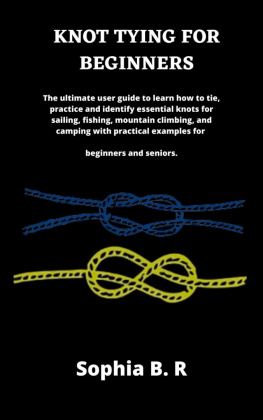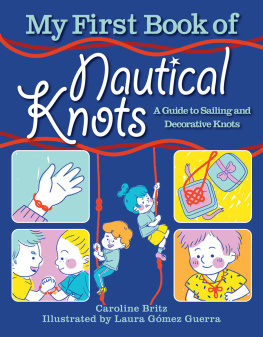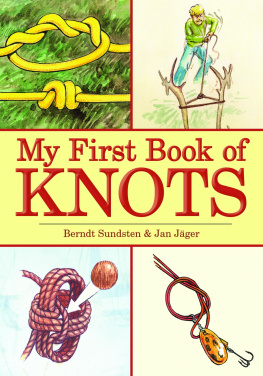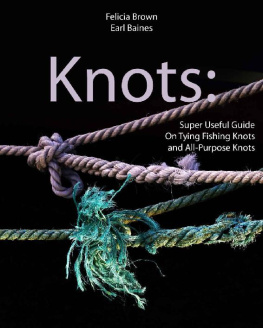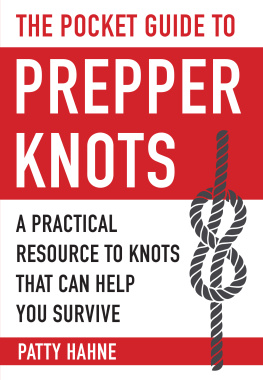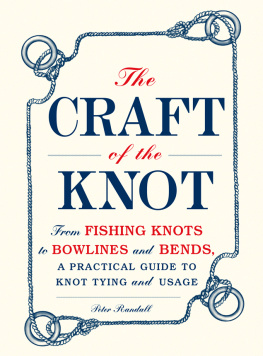

Published by Adlard Coles Nautical
an imprint of Bloomsbury Publishing Plc
50 Bedford Square, London W1B 3DP
www.adlardcoles.com
Copyright Adlard Coles Nautical 2013
First edition 2013
This electronic edition published in April 2013 by Bloomsbury Publishing Plc
ISBN 978-1-4081-5476-2
All rights reserved.
You may not copy, distribute, transmit, reproduce or otherwise make available this publication (or any part of it) in any form, or by any means (including without limitation electronic, digital, optical, mechanical, photocopying, printing, recording or otherwise), without the prior written permission of the publisher. Any person who does any unauthorised act in relation to this publication may be liable to criminal prosecution and civil claims for damages
The right of the authors to be identified as the authors of this work has been asserted by them in accordance with the Copyright, Designs and Patents Act, 1988.
A CIP catalogue record for this book is available from the British Library.
Produced for Adlard Coles Nautical by Ivy Contract
PROJECT EDITOR: Claire Saunders
PROJECT DESIGNER: Lisa McCormick
CONSULTANT: Colin Byfleet
KNOT TYER: Ken Yalden
PHOTOGRAPHER: Andrew Perris
Note: while all reasonable care has been taken in the publication of this book, the publisher takes no responsibility for the use of the methods or products described in the book.
Sign up for newsletters to be the first to hear about our latest releases and special offers

What is it about knots? How can such an apparently simple occupation as twisting bits of string into preconceived patterns be so endlessly satisfying and have such wide-ranging appeal? Knots have intrigued writers and artists since ancient times, and even Leonardo da Vinci was not adverse to doodling the occasional turks head when the fancy took him. So, if you like to tie knots, youre in good company! The knots in this book range from the practical to the decorative, the curious and the downright brilliant.
Hitches
Its the biggest section in the book, with 47 knots for tying a line to an object, ranging from old timers developed during the Age of Sail to ingenious new knots devised in recent years.
Bends
More than 30 ways of tying two lines together, including a neat option for slippery high-modulus ropes such as Dyneema and Spectra (). Needless to say, you wont find a reef knot here (because its not a bend!).
Loops
Theres something for everyone in this section: Spanish, Eskimo, double, triple, sliding and locking, not to mention handcuffs and a couple of crazy braided loops. Are the days of the bowlines rule numbered? Find out on .
Knots
Featured knots include everything from stoppers to heaving line weights (including the monkeys fist and paw), a rope tackle and a couple of bottle slings. Plus that much-misinterpreted reef knot.
Lashings
Need to set up a jury rig or build a shelter? These are the oft-neglected but essential building knots for creating all sorts of interesting structures.
Coils
They say cleanliness is next to godliness, so best keep your ropes tidy! We also discuss the pros and cons of cheesing rope.
Decorative knots
There are mats, turks heads and lanyards, plus some of the most complicated knots in the book. Take a deep breath, and follow our specially extended step-by-step sequences.
Whippings and seizings
There is more essential rope care information here, plus a couple of decorative whippings which rarely see the light of day.
Splices
These include a few old standards, a couple of obscure ones from yesteryear, plus some bang up-to-date splices from the high-modulus camp. And just wait until you see our soft shackle. Its the next must-have item for every sailor!


IMPORTANT NOTE
Each knot is accompanied by a Knot Score box which gives a score, ranging from 15, for Strength, Security, Difficulty Tying, Difficulty Untying and Usefulness. The scores are solely based on observation and experience, and not on scientific testing. They should not be taken as definitive, nor should they be used as the basis for tying the knots for any critical purpose. In any case, results will vary depending on the type and condition of the cordage being used, as well as the particular circumstances in which the knots are tied (eg size of load, whether the line is wet or dry, etc). Readers are advised to test the knots for themselves and reach their own conclusion before using them for any critical activity.
For more information about the knot score boxes, see .
To me the simple act of tying a knot is an adventure in unlimited space. A bit of string affords a dimensional latitude that is unique among the entities. For an uncomplicated strand is a palpable object that, for all practical purposes, possesses one dimension only. If we move a single strand in a plane, interlacing it at will, actual objects of beauty and of utility can result in what is practically two dimensions; and if we choose to direct our strand out of this one plane, another dimension is added which provides opportunity for an excursion that is limited only by the scope of our own imagery and the length of the ropemakers coil. What could be more wonderful than that?
Clifford Ashley, The Ashley Book of Knots

Knots have existed for as long as there has been rope to tie them with, for a piece of rope is pretty useless without a knot to fasten it onto something. And rope was used for all sorts of things, from carrying loads, snaring and tethering animals, to building houses. It was also useful in wartime to trap, tie and even execute enemies. And a piece of stretchy animals intestine tied to a stick made a wonderful slingshot. But all of them needed knots.
In the beginning
Not surprisingly, theres evidence of knot-tying all over the world. The earliest objects thought to require cordage and therefore knots are two pendants found at the Repolusthhle in Austria, which are 300,000 years old. We know the Ancient Egyptians were familiar with knots, as a length of twisted twine was found in Tutankhamuns tomb (c.1620 BC). The Nootka and Clayoquot tribes of the west coast of America used cedar to make whaling lines 100125mm (45in) thick and up to 360m (1,200ft) long. They also made lanyards for their harpoons out of whale sinews, twisted into three-strand rope, and tied with knots.
Both the Ancient Greeks and the Romans used knots extensively. In fact, so far ahead of their time were the Ancient Greeks that, back in the 4th century BC, Oribasius published a range of 18 knots and slings intended specifically for surgical use surely the first such specialist knot list.
Next page



